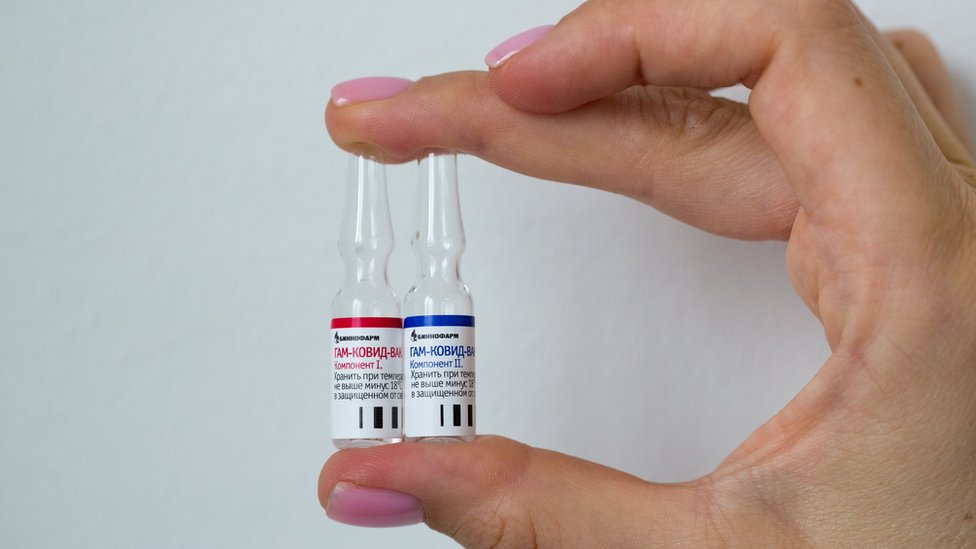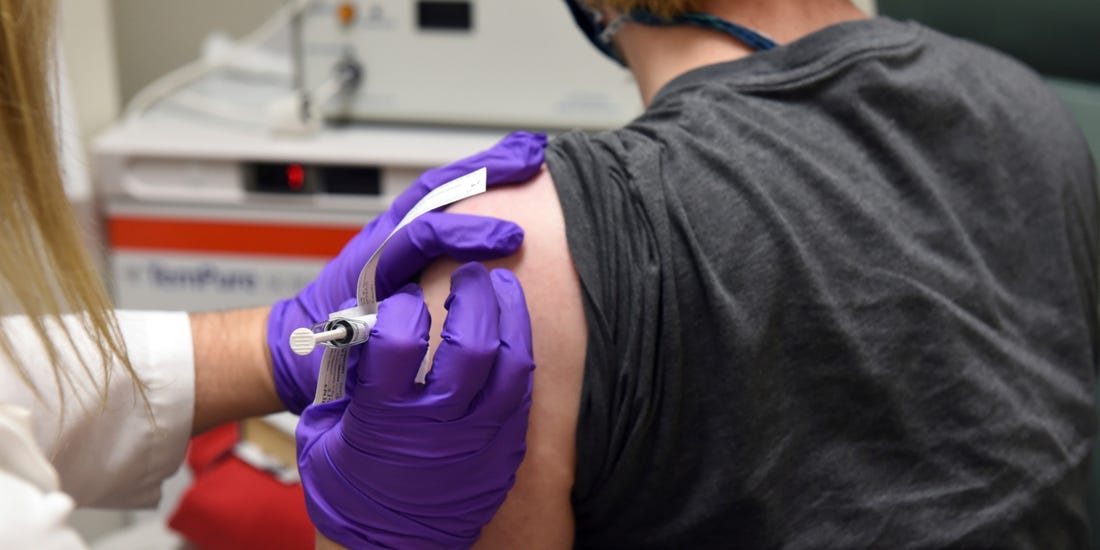RIO DE JANEIRO, BRAZIL – The Russian Covid-19 vaccine had no adverse effects and induced an immune response, according to a study with preliminary results published on Friday, September 4th in The Lancet, one of the most prominent scientific journals in the world. Russian scientists acknowledged the need for more tests to prove the vaccine’s efficacy.
Called “Sputnik V“, the vaccine was registered last month in Russia, but the lack of published studies on the tests led to distrust within the international community.
Kiril Dmitriev, director of the Russian Direct Investment Fund (RDIF), announced to the press that Russia will release the technology for the vaccine to begin production abroad in November.

In Brazil, the government of Paraná has signed a partnership to develop the Russian vaccine and on Friday reported that the request for the vaccine’s registration with the National Health Regulatory Agency (ANVISA) should be completed in 10 days. Trials in the country should begin within a month.
Strong and long-term immune response
According to the published results, concerning phases 1 and 2, there were no adverse effects until 42 days after vaccination of the subjects, and all developed antibodies to the novel coronavirus (Sars-CoV-2) within 21 days.
Scientists at the Gamaleya Institute, which developed the vaccine, told the press that this response was higher than that observed in patients who were infected and recovered from the novel coronavirus naturally.
The Russian vaccine was tested in 76 people. All received a form of the vaccine without a control group (which receives an inactive substance, the placebo), that serves to compare the results between the two groups.
Epidemiologist Denise Garrett, vice-president of the Sabin Institute of Vaccines, points out that creating antibodies does not imply protection against the disease.
“Producing antibodies doesn’t mean there is protection, it means there is an immune response. You will only know if it provides protection if you have two groups – a placebo and one with the vaccine – and see which people have become infected with and without the vaccine. The only way to say anything about protection from the vaccine is with this,” Garrett says.
The results also suggest that the vaccine produces a T-cell response within 28 days, a type of body defense cell. Among other functions, T cells destroy cells infected by a virus. Gamaleya scientists have stated that the T-cell response observed with the vaccine not only points to a strong immune response but also to a long-term one.
The fact that there is no control group was noted by scientists as one of the study’s limitations. Another shortcoming is that, in general, the volunteers included were relatively young, aged between 20 and 30 (although the recruitment age was between 18 and 60). The elderly are at greater risk of developing the severe form of the disease and die from the infection.
The president of the Brazilian Immunization Society, Renato Kfouri, said that the result is important, but stressed that phase 3, in which the vaccine is tested in a large number of people, is still lacking.
“It is an awaited study, published in a reliable journal. Now the vaccine can be classified as a genuine candidate, but that still depends on phase three study which another 7 vaccines are undergoing,” Kfouri said.
Julio Croda, Fiocruz infectologist and professor at the Federal University of Mato Grosso do Sul (UFMS) School of Medicine, says there are earlier studies that suggest that a long-lasting response is linked to cellular immunity, not the antibody circulating in the blood.
“This is not a new fact with this vaccine, but it proves that this vaccine produces this cellular immunity, which is long-lasting,” says Croda.
The expert says that the study published in the scientific journal reveals that the Russian vaccine seems to produce a slightly lower level of antibodies compared to the Oxford vaccine, which is being tested in Brazil. “But, most definitely, only after phase 3 test results will we be able to compare these different technologies.”

Testing Stages
Phases 1 and 2 of a vaccine test seek to determine its efficacy and safety, with even fewer participants than phase 3. Typically, phase 1 tests have dozens of volunteers, phase 2 tests have hundreds, and phase 3 tests have thousands.
In phase 3, the goal of the tests is to determine large-scale efficacy. In this phase, Russia intends to call 40,000 volunteers. Phases are typically conducted separately, but because of the urgency of results, several vaccines have been tested simultaneously in more than one phase.
Epidemiologist Denise Garrett, vice president of the Sabin Vaccines Institute, assesses that the problem with the Russian vaccine is that it has been approved lacking phase 3 results.
“It would have been great if they had done it as follows – published these results and moved on to phase 3. Moving on to mass vaccination without phase 3 is disastrous,” says Garrett. “If there is an adverse effect that is one in every 100 people, it would not be detected, since they only tested 76,” she recalls.
She points out that if this were the incidence of serious side effects, many people could be affected.
“Hundreds of thousands, millions, even billions of people may be administered this vaccine,” she recalls. If there is an adverse effect in one in every hundred people, for instance, “if it is administered to a thousand people, it is ten formerly healthy people who will develop a severe adverse effect,” Garrett points out.
“If I had seen this result right at the start and then moved on to phase 3, I would have been excited about this vaccine,” she added. “These phases [1 and 2] are very limited. I can’t stress enough the need for phase 3.”
How the Russian vaccine works
The Russian vaccine uses two adenovirus vectors, which work as a “launching vehicle” for the novel coronavirus in the body: one is the human recombinant adenovirus type 26 (rAd26-S) and the other is the human recombinant adenovirus type 5 (rAd5-S), which have been modified to convey the S protein of the novel coronavirus. The S protein is the one the virus uses to penetrate the cells and infect them.
The adenoviruses used were weakened, so that they would not replicate (i.e. it is what is called a non-replicant viral vector) in human cells and cannot cause disease (the adenovirus typically causes the common cold).
The technology is the same used in a vaccine developed by Russia for Ebola. Based on these past results, scientists say they expect “Sputnik V” to guarantee an immunity of up to two years for Covid-19.
Denise Garrett explains that using the two different adenoviruses to “carry” the virus makes the vaccine a kind of “two in one”. This is important because, as the adenovirus is a common virus, using only one of them can cause the body’s defense system to fail to recognize it as an “invader” and fail to produce such a strong immune response against it.
“It was a good strategy,” says the epidemiologist.
Two “versions” of the vaccine were tested: one frozen, intended for global production chains, and the other lyophilized (freeze-dried), intended for places more difficult to reach.
“Having the two formulations of the vaccine is great. The freeze-dried formulation is great for vaccine transportation and distribution, mainly to low and medium-income countries, where it is difficult to have freezers and electricity in health facilities,” says Garrett.
The freeze-dried vaccine can be kept at a temperature between 2ºC and 8ºC, according to Russian scientists.
Source: G1

